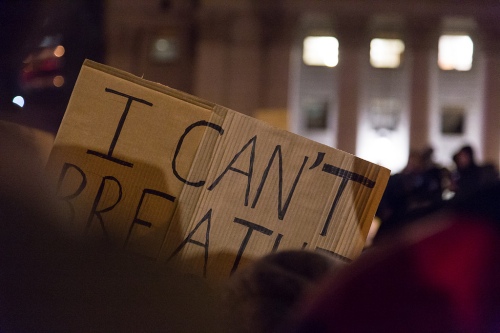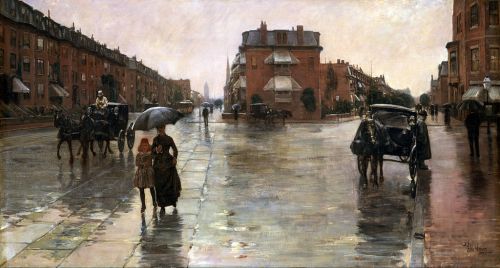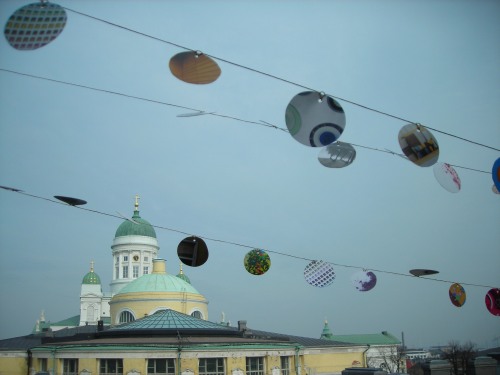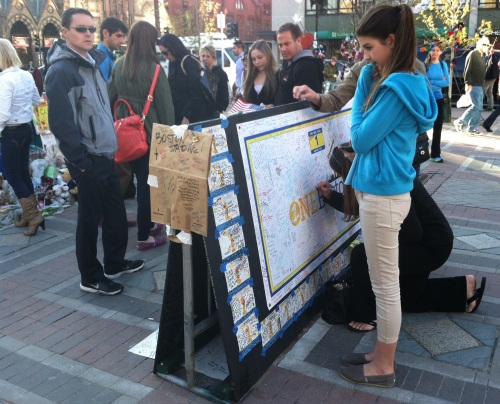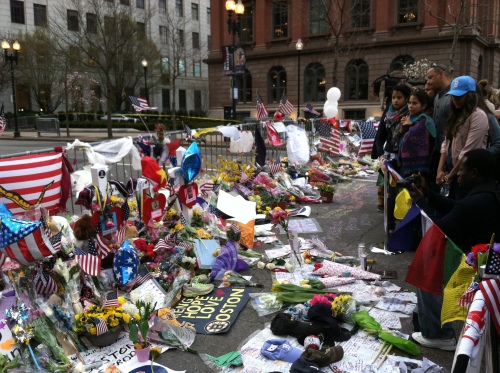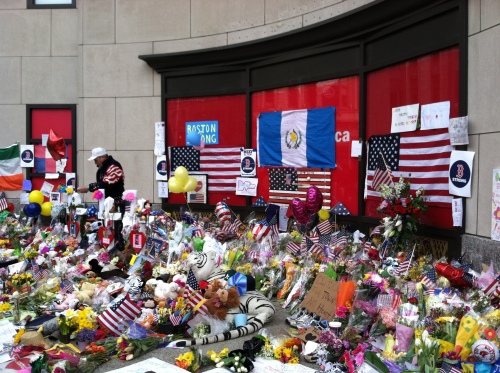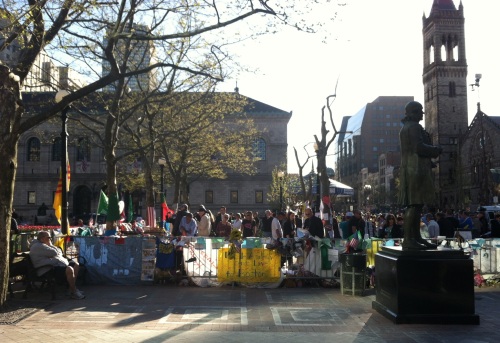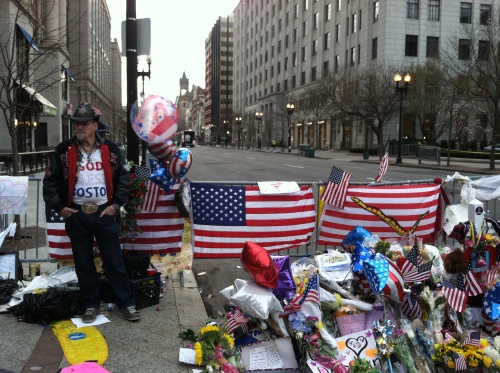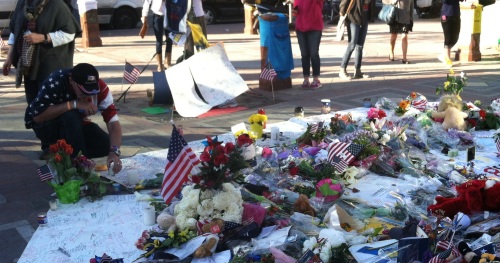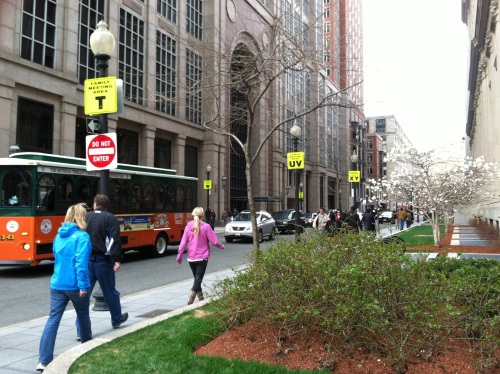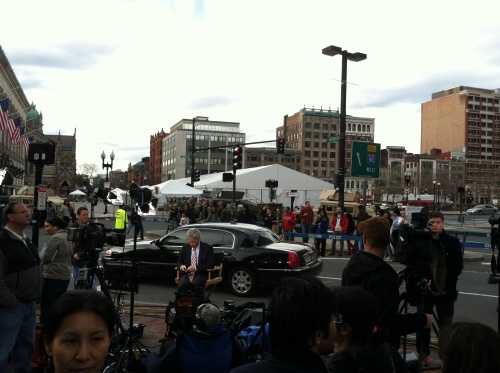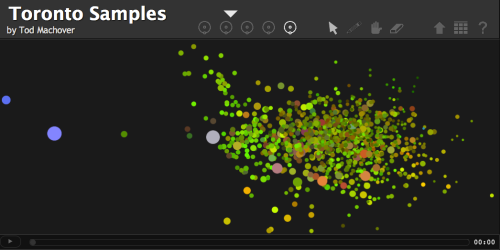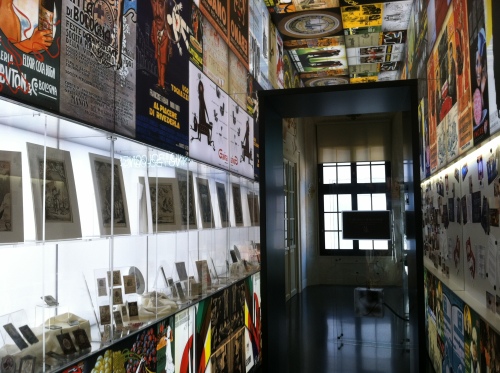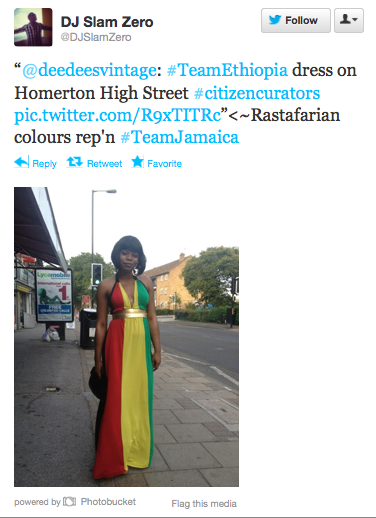Today I join colleagues across the country in calling for American museums to engage with their communities in the difficult but essential work of racial justice and equality. Please read and circulate our group statement (below) as you see fit.
This has everything to do with city museums. Urban structures of segregation and discrimination have long been major contributors to the complex system of racial inequity that continues to smother so many Americans. And the history of protest is inextricably linked to the history of cities—not just in this country and not just this issue, but all over the world and addressing the broadest spectrum of social and political problems. City museums can document protests by their citizens, use urban history (and urban sociology, politics, and economics) to shed light on complicated racial systems, provide a venue for contemporary urban artists who ask hard questions, convene public discussions, and support community building and civic engagement in the service of racial equality.
Across the United States people are turning out on city streets to seek change. They need cultural institutions that care. Please find ways to let them know you are listening.
And now for the statement:
Joint Statement from Museum Bloggers and Colleagues on Ferguson and Related Events
The recent series of events, from Ferguson to Cleveland and New York, have created a watershed moment. Things must change. New laws and policies will help, but any movement toward greater cultural and racial understanding and communication must be supported by our country’s cultural and educational infrastructure. Museums are a part of this educational and cultural network. What should be our role(s)?
Schools and other arts organizations are rising to the challenge. University law schools are hosting seminars on Ferguson. Colleges are addressing greater cultural and racial understanding in various courses. National education organizations and individual teachers are developing relevant curriculum resources, including the #FergusonSyllabus project initiated by Dr. Marcia Chatelain. Artists and arts organizations are contributing their spaces and their creative energies. And pop culture icons, from basketball players to rock stars, are making highly visible commentary with their clothes and voices.
Where do museums fit in? Some might say that only museums with specific African American collections have a role, or perhaps only museums situated in the communities where these events have occurred. As mediators of culture, all museums should commit to identifying how they can connect to relevant contemporary issues irrespective of collection, focus, or mission.
We are a community of museum bloggers who write from a variety of perspectives and museum disciplines. Yet our posts contain similar phrases such as “21st century museums,” “changing museum paradigms,” “inclusiveness,” “co-curation,” “participatory” and “the museum as forum.” We believe that strong connections should exist between museums and their communities. Forging those connections means listening and responding to those we serve and those we wish to serve.
There is hardly a community in the U.S. that is untouched by the reverberations emanating from Ferguson and its aftermath. Therefore we believe that museums everywhere should get involved. What should be our role—as institutions that claim to conduct their activities for the public benefit—in the face of ongoing struggles for greater social justice both at the local and national level?
We urge museums to consider these questions by first looking within. Is there equity and diversity in your policy and practice regarding staff, volunteers, and Board members? Are staff members talking about Ferguson and the deeper issues it raises? How do these issues relate to the mission and audience of your museum? Do you have volunteers? What are they thinking and saying? How can the museum help volunteers and partners address their own questions about race, violence, and community?
We urge museums to look to their communities. Are there civic organizations in your area that are hosting conversations? Could you offer your auditorium as a meeting place? Could your director or other senior staff join local initiatives on this topic? If your museum has not until now been involved in community discussions, you may be met at first with suspicion as to your intentions. But now is a great time to start being involved.
Join with your community in addressing these issues. Museums may offer a unique range of resources and support to civic groups that are hoping to organize workshops or public conversations. Museums may want to use this moment not only to “respond” but also to “invest” in conversations and partnerships that call out inequity and racism and commit to positive change.
We invite you to join us in amplifying this statement. As of now, only the Association of African American Museums has issued a formal statement about the larger issues related to Ferguson, Cleveland and Staten Island. We believe that the silence of other museum organizations sends a message that these issues are the concern only of African Americans and African American Museums. We know that this is not the case. This is a concern of all Americans. We are seeing in a variety of media—blogs, public statements, and conversations on Twitter and Facebook—that colleagues of all racial and ethnic backgrounds are concerned and are seeking guidance and dialogue in understanding the role of museums regarding these troubling events. We hope that organizations such as the American Alliance of Museums; the Association of Science-Technology Centers; the Association of Children’s Museums; the American Association for State and Local History and others, will join us in acknowledging the connections between our institutions and the social justice issues highlighted by Ferguson and related events.
You can join us by…
- Posting and sharing this statement on your organization’s website or social media
- Contributing to and following the Twitter tag #museumsrespondtoFerguson which is growing daily
- Checking out Art Museum Teaching which has a regularly updated resource, Teaching #Ferguson: Connecting with Resources
- Sharing additional resources in the comments
- Asking your professional organization to respond
- Checking out the programs at The Missouri History Museum. It has held programs related to Ferguson since August and is planning more for 2015.
- Looking at the website for International Coalition of Sites of Conscience. They are developing information on how to conduct community conversations on race.
Participating Bloggers and Colleagues
Gretchen Jennings, Museum Commons
Aletheia Wittman and Rose Paquet Kinsley, The Incluseum
Aleia Brown, AleiaBrown.org
Steven Lubar, On Public Humanities
Mike Murawski, Art Museum Teaching
Linda Norris, The Uncataloged Museum
Paul Orselli ExhibiTricks: A Museum/Exhibit/Design Blog
Ed Rodley, Thinking About Museums
Adrianne Russell, Cabinet of Curiosities
Nina Simon, Museum 2.0
Rainey Tisdale, CityStories
Jeanne Vergeront Museum Notes
